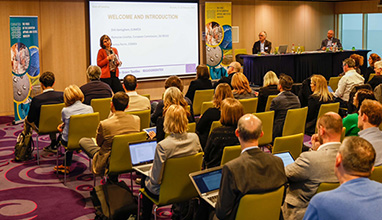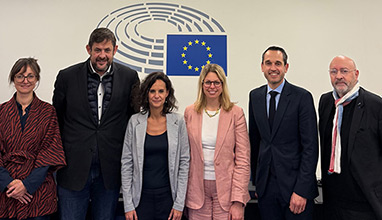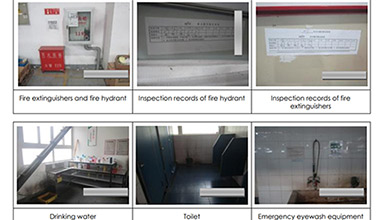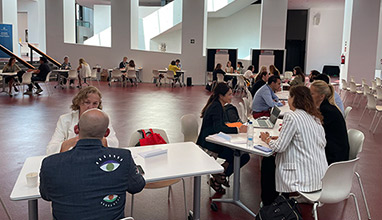EURATEX offers proposals to the EU Circular Economy Action Plan
The European textiles and clothing sector cares about circularity of its products. The industry is re-inventing itself to offer solutions that are workable and make a sustainable impact.
EURATEX welcomes the new Circular Economy Action Plan, released by the European Commission, as it reflects many proposals developed by the fashion industry. At the same time, the Action Plan is just the starting point for developing a more focused strategy, which must take into account the specific challenges of the sector. EURATEX has already developed its own comprehensive strategy, including specific recommendations and workable solutions.
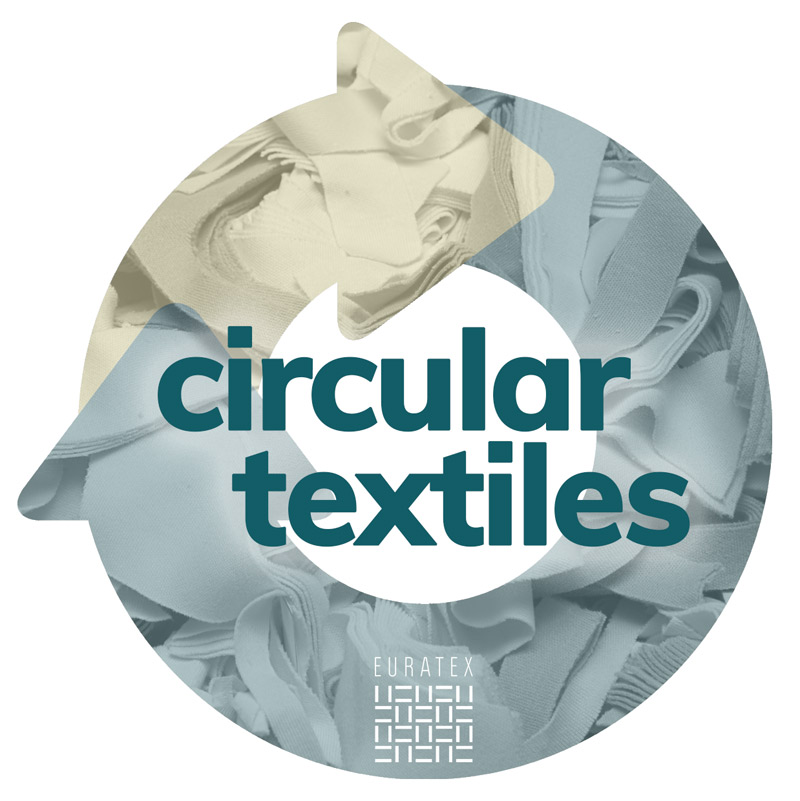
EURATEX welcomes the plan as it sets the foundations to change the way products are made, the way waste is managed, and the way people consume. The Action Plan wants to be as comprehensive as possible, involving all the actors in the value chain, citizens, Members States and local realities. The EU needs now to set the conditions to remove structural barriers, address or prevent market failures and bring harmonised solutions across the European single market. Essentially, the EU needs to create a European market for reuse of textile material and such an objective can be achieved with the upcoming Strategy for Textiles.
For the textile and apparel industry, the Circular Economy Action Plan is not a “wake-up call” because companies have been doing a lot for the past years. They invested money in research and innovation and came up with a wide range of solutions. They, though, faced a lot of challenges that prevent such solutions to enter a broader market.
Therefore, EURATEX is asking the European Commission to focus on the following points:
1. 99% of the textile and apparel industry is composed by SMEs. The EU needs to take into consideration their specificities. In particular, SMEs lack fund to upscale their products and solutions, plus they need a legislative framework which is not burdensome. We ask the EU to remove barriers, not create new ones.
2. Companies need a territory that can deal with the whole circularity process. A company, which produces textiles by recycling used clothes or other fibers, should have a textile recycling facility in the vicinity, not 250km away. We, therefore, welcome the proposal of the European Commission to provide guidance to achieve high levels of separate collection of textile waste by 2025. It must be done in a well-organized manner, so to avoid tons of waste textile waiting to be processed.
3. Green Public Procurement will increase demand allowing business to invest in circularity. In 2015, public procurement accounted for 13.1 % of the GDP in the EU, this means that almost €1.923 bln were spent by public bodies purchasing goods or services. That is a formidable leverage which Member States can use to boost closed-loop productions, promote scale economies which lower costs and proactively drive changes. Authorities can then choose high quality and durable products, reward low-impact manufacturing processes, and favour products designed with recycled or biobased/biodegradable materials.
Hits: 8986 | Leave a comment




